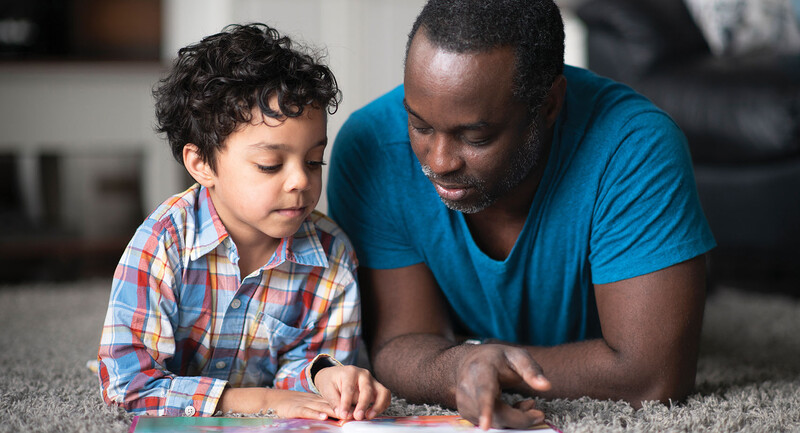Introduction: The Power of Unity
In the vast ecosystem of education, schools are not isolated entities. They thrive best when intertwined with the communities they serve. Community and school partnerships are the bridges that connect educational institutions with the wider world, offering students a richer, more holistic learning experience. This article delves into the symbiotic relationship between schools and their communities.
The Mutual Benefits of School-Community Partnerships
- For Schools:
- Resource Access: Communities can offer schools resources, from guest speakers to field trip locations, that might not be available otherwise.
- Real-World Learning: Partnerships can provide students with hands-on learning experiences in real-world settings.
- Support Systems: In times of need, a supportive community can be a school’s strongest ally.
- For Communities:
- Economic Growth: Schools often collaborate with local businesses, leading to increased patronage and job opportunities.
- Civic Engagement: Students who engage with their communities often grow into active, informed citizens.
- Cultural Exchange: Schools can be venues for community events, fostering cultural understanding and unity.
Types of School-Community Collaborations
- Business Partnerships: Local businesses can offer internships, sponsor school events, or donate resources.
- Cultural Programs: Collaboration with local cultural institutions can introduce students to arts, music, and history.
- Environmental Initiatives: Schools can partner with local environmental groups for clean-up drives, tree planting, and more.
- Health and Wellness: Collaboration with local health organizations can lead to health camps, awareness drives, and fitness programs in schools.
The Role of Parents in Community Partnerships
Parents are the primary bridge between schools and communities. They can:
- Facilitate Connections: Parents can introduce schools to potential community partners.
- Volunteer: From organizing events to mentoring students, parent volunteers are invaluable.
- Provide Feedback: Parents can offer insights into how partnerships benefit their children and suggest areas for improvement.
Challenges in Building Partnerships
- Differing Objectives: Schools and community partners may have different goals, leading to potential conflicts.
- Resource Limitations: Both schools and communities may face resource constraints that hinder collaboration.
- Communication Barriers: Effective partnerships require clear communication, which can sometimes be a challenge.
Success Story: A School-Community Partnership in Action
Consider a school located in a historically rich part of the city. They partnered with local historians and museums to create a curriculum that delves deep into the area’s history. Students took walking tours, interviewed long-time residents, and even created a digital archive of stories and photos. The project not only enriched the students’ understanding of history but also instilled a sense of pride in the community.
Conclusion: Stronger Together
The age-old adage, “It takes a village to raise a child,” rings especially true in the context of education. Schools, when supported by their communities, can offer students a multifaceted education that goes beyond textbooks. In turn, communities can benefit from the energy, creativity, and commitment of schools and their students. In this harmonious give-and-take, both schools and communities flourish, proving that we are, indeed, stronger together.


